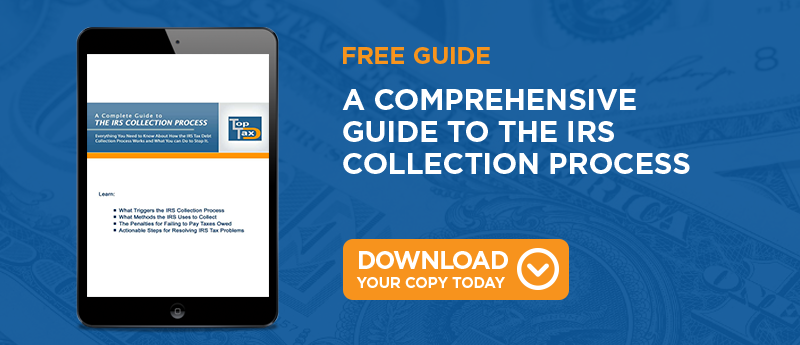
Many taxpayers who are facing a federal tax lien may feel that they are out of options. While it's true that a tax lien is typically one of the most severe penalties that the IRS can levy, there are a few situations in which a taxpayer can get an IRS tax lien removed. Doing so requires obtaining a written document from the IRS called a Certificate of Discharge from a federal tax lien. If you're able to receive one of these certificates, you can have the federal tax lien removed from your property.
What is a Certificate of Discharge?
As the name implies, a certificate of discharge is a document that informs the court of the IRS's intent to release the tax lien from your property. This process removes the agency's right to seize available profits from the sale of the property. Generally, these discharges are only available when a property is in the process of being sold and the question of how the profits will be divided is raised. The IRS does not grant these certificates of discharge when a taxpayer intends to keep the property.
Qualifying for a Certificate of Discharge
Very few situations qualify for a certificate of discharge. In most cases, the IRS agrees to release tax liens when the property has a lack of appreciable value for the agency or when the taxpayer works out an arrangement to make a partial tax payment.
As an example, if the property has little value to the IRS because the principal debts are higher than the expected sale value or the fair market value, then the IRS may be willing to issue a certificate of discharge. The IRS may also be willing to grant a certificate of discharge if there is enough profit from the sale to satisfy the interest on the outstanding tax debt. In this case, though, the taxpayer will still owe the remaining tax debt after the interest has been paid.
How to File for a Certificate of Discharge
To request a certificate of discharge from a federal tax lien, taxpayers must complete Form 14135 "Application for Certificate of Discharge of Property From Federal Tax Lien" and submit to the IRS. The form is lengthy and requires a detailed description of the property in question, including such information as the name of the new owner, the expected sale price, a current appraisal estimate with attached documentation, and the name of the lender or finance company holding the mortgage. Owners must also submit copies of relevant documentation such as the purchase agreement, title report, and closing statements.
Receiving a Certificate of Discharge from a federal tax lien can be a long and complicated process. To make sure that your request is filed accurately, it may be best to seek the advice of a qualified tax attorney.




